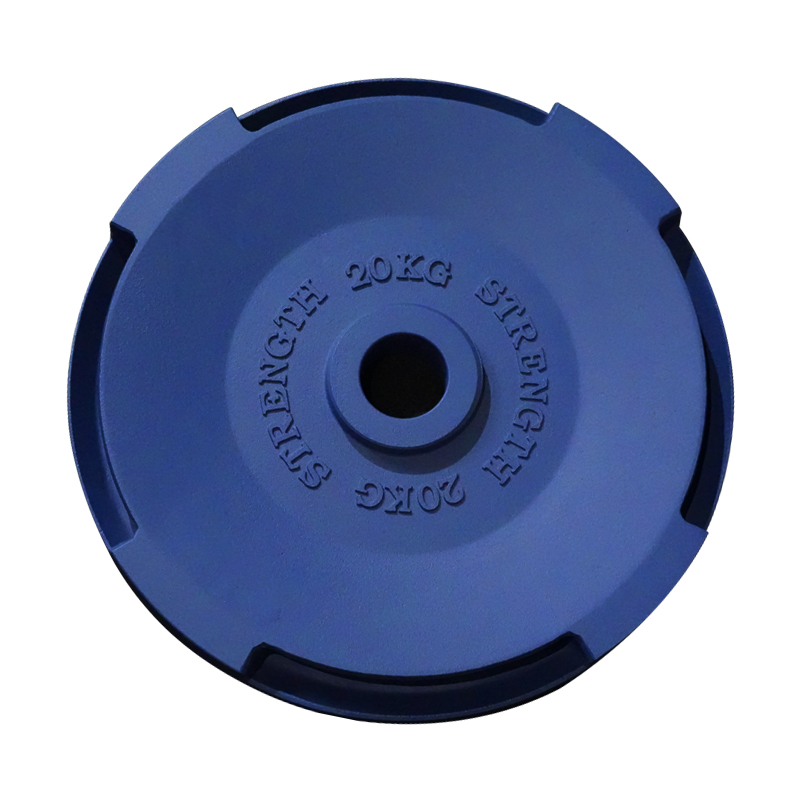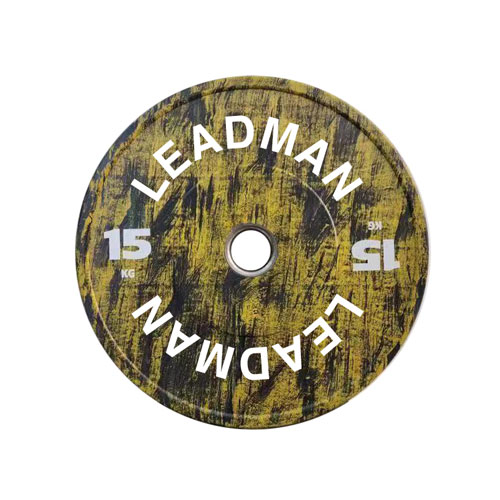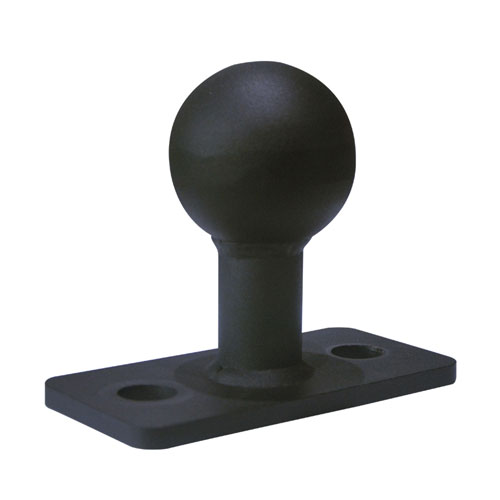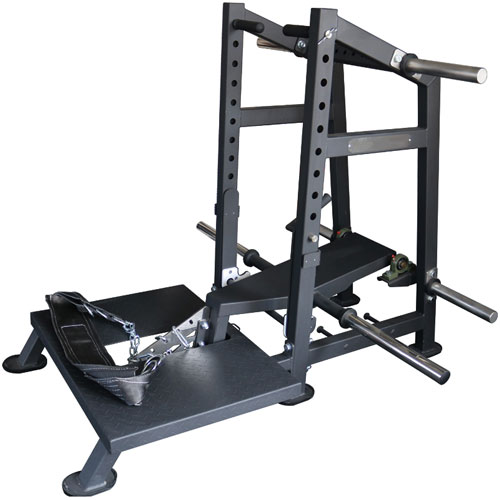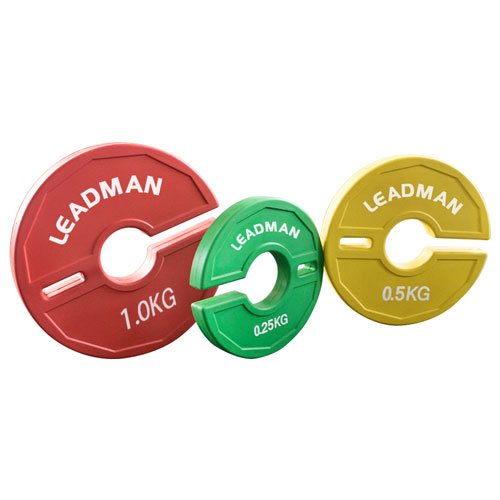The Ultimate Guide to Choosing the Right Barbell
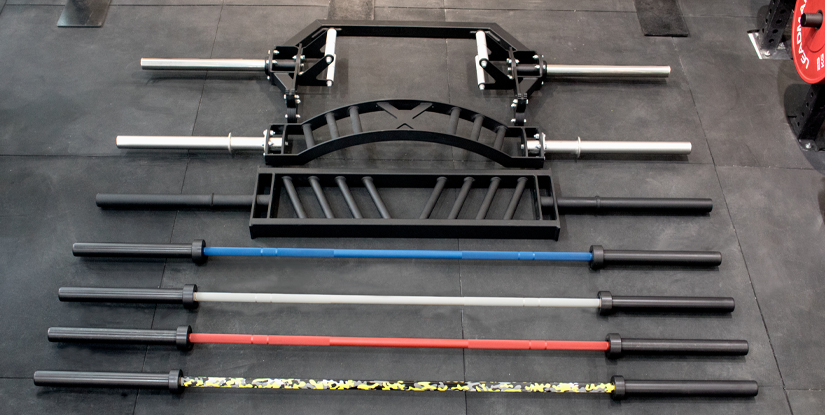
When it comes to strength training, few pieces of equipment are as versatile and ubiquitous as the barbell. Whether you're a seasoned lifter or just starting out, choosing the right barbell for your needs is paramount. With countless options available in the market, it can be overwhelming to navigate the complexities and make an informed decision. This comprehensive guide will delve into the intricacies of barbell manufacturing, empowering you to choose wisely and elevate your training experience.
Materials and Construction
The materials used in barbell construction play a crucial role in its performance, durability, and overall quality.
Carbon Steel: The most common material for barbells, carbon steel offers a balance of strength, flexibility, and affordability. It is available in various grades, with higher grades denoting enhanced strength and wear resistance.
Alloy Steel: Alloy steel is a more advanced material that incorporates specific elements, such as chromium or molybdenum, to enhance its characteristics. Alloy steel barbells are stronger, more durable, and often used in competition or for heavy lifting.
Stainless Steel: Stainless steel barbells are highly resistant to corrosion and rust, making them ideal for use in harsh environments or for those seeking low-maintenance equipment. They are typically more expensive than other materials.
Reputation and Experience
When selecting a barbell manufacturer, consider their reputation and experience in the industry. Look for companies with a proven track record of producing high-quality barbells, satisfied customers, and positive reviews.
Research online reviews: Read customer testimonials and check independent review websites to gather insights into the manufacturer's reputation.
Attend industry events: Trade shows and expos provide opportunities to meet manufacturers in person and learn about their products firsthand.
Seek expert recommendations: Consult with experienced lifters, coaches, or gym owners for their recommendations on reputable barbell manufacturers.
Reviews and Testimonials
Reviews and testimonials offer valuable insights into the real-world performance and customer experience with specific barbells.
Read product reviews: Check reviews on retailer websites or third-party platforms to understand how other users have experienced the barbell.
Seek personal recommendations: Ask friends, family, or gym members who have used the barbell for their firsthand feedback.
Consider the source of reviews: Be discerning about the credibility of reviews. Look for unbiased sources and consider the reviewer's experience level and motivations.
Warranty and Customer Service
A comprehensive warranty and exceptional customer service are indicators of a manufacturer's confidence in their product and willingness to stand behind it.
Warranty coverage: Check the warranty terms to understand what is covered, the duration of coverage, and any exclusions.
Responsiveness and support: Evaluate the manufacturer's customer service department by reaching out with questions or concerns. Assess their responsiveness, helpfulness, and ability to resolve issues efficiently.
Replacement or repair options: Understand the process for replacements or repairs under warranty. Consider factors such as shipping costs, turnaround time, and the availability of replacement parts.
Price and Budget
While price is an important factor, it should not be the sole determinant when choosing a barbell. Consider the value proposition, including materials, construction, reputation, and features, in relation to the cost.
Set a budget: Determine a reasonable price range that aligns with your needs and financial constraints.
Compare prices: Research the costs of different barbells from reputable manufacturers. Consider bulk discounts or bundles for additional savings.
Avoid extremely low prices: Be wary of barbells offered at significantly lower prices than the market average. They may indicate inferior materials or construction practices.
Shipping and Delivery
Shipping and delivery can significantly impact the overall experience and cost.
Shipping costs: Factor in shipping costs, especially for barbells that require special handling or oversized shipping.
Delivery times: Check the estimated delivery time and consider whether it meets your needs.
Packaging and protection: Ensure the barbell is adequately packaged and protected during shipping to prevent damage.
Assembly and installation: Some barbells may require assembly or installation. Inquire about any additional fees or assistance offered by the manufacturer.
Payment Options
Convenience and flexibility are essential when making a purchase.
Payment methods: Check if the manufacturer accepts multiple payment methods, including credit cards, debit cards, PayPal, or online banking.
Secure checkout: Ensure the website and payment gateway are secure to protect your personal and financial information.
Financing options: Inquire about financing options if you prefer to spread out the cost of the barbell over a period.
Customization and Options
Some manufacturers offer customization options to tailor barbells to specific needs.
Knurling pattern: Choose from different knurling patterns, such as standard, powerlifting, or aggressive, to optimize grip and comfort.
Barbell length: Select a barbell length that aligns with your height, training style, and exercises.
Sleeve length: Consider the sleeve length to ensure it accommodates the required weight plates.
End caps: Opt for end caps to protect the barbell from damage and maintain a clean appearance.
Industry Standards and Certifications
Adherence to industry standards and certifications ensures that barbells meet specific quality and safety criteria.
International Weightlifting Federation (IWF): Barbells certified by the IWF meet strict standards for weight accuracy, dimensions, and construction.
American Powerlifting Federation (APF): APF-approved barbells conform to specific specifications for powerlifting competitions.
International Powerlifting Federation (IPF): IPF-certified barbells meet precise standards for competition use, including weight, length, and grip diameter.
Conclusion
Selecting the right strength training equipment is essential for maximizing your workout results and achieving your fitness goals. By considering the factors outlined in this guide, you can make an informed choice that meets your specific needs and budget. Remember to prioritize materials, construction, reputation, warranty, and customer service to ensure a high-quality, reliable, and long-lasting barbell that will support your strength training journey.
Why Choose Leadman Fitness for Your Barbell Needs?
Leadman Fitness is a renowned name in fitness equipment manufacturing, offering high-performance barbells built for both commercial gyms and home use. Our commitment to quality, backed by decades of expertise, ensures that every piece of equipment supports your training goals. Here’s why you should choose the company for your barbell needs :
1. Vertical Integration for Superior Quality and Affordability
Leadman Fitness operates four specialized factories: the Rubber-Made Products Factory, Barbell Factory, Casting Iron Factory, and Fitness Equipment Factory. This vertical integration allows us to control every aspect of production, ensuring consistent quality while reducing costs. The result? High-performance barbells at competitive prices, perfect for both commercial gyms and home fitness enthusiasts.
2. Customization to Meet Your Unique Needs
At Leadman Fitness, we understand that every athlete and gym has unique requirements. That’s why we offer extensive customization options, from knurling patterns and sleeve lengths to barbell finishes. Whether you need a barbell for Olympic weightlifting, powerlifting, or general strength training, we can tailor our products to fit your specific goals.
3. Rigorous Quality Control for Unmatched Durability
Every barbell from Leadman Fitness undergoes strict quality testing in our in-house laboratory. We adhere to international standards, ensuring that our barbells are durable, reliable, and built to withstand heavy use. Whether you’re lifting light or pushing your limits, our barbells are designed to last.
4. Innovation Driven by Expertise
With a dedicated team of 16 professional designers, Leadman Fitness is at the forefront of fitness equipment innovation. Our R&D department continuously works to improve product performance, incorporating the latest technologies and materials to deliver barbells that meet the evolving needs of athletes and fitness enthusiasts.
5. Trusted by Gym Owners and Athletes Worldwide
Leadman Fitness has earned the trust of gym owners, athletes, and fitness professionals around the globe. Our barbells are used in commercial gyms, training facilities, and home setups, proving their reliability and performance across diverse environments.
6. Competitive Pricing Without Compromising Quality
Thanks to our vertically integrated production model, we can offer premium barbells at prices that fit your budget. Whether you’re equipping a large gym or setting up a personal home gym, Leadman Fitness provides exceptional value without sacrificing quality.
7. A Commitment to Sustainability
Leadman Fitness is dedicated to reducing our environmental impact. We use eco-friendly materials and energy-efficient manufacturing processes to create barbells that are not only high-performing but also sustainable.
Conclusion: When you choose Leadman Fitness, you’re choosing a partner that prioritizes quality, innovation, and customer satisfaction. Our barbells are designed to help you achieve your fitness goals, whether you’re a beginner or an elite athlete. Explore our range of barbells today and experience the Leadman Fitness difference.
FAQ About Barbells
1. What is the best material for a barbell?
The best material for a barbell depends on your specific needs. Carbon steel is the most common and offers a good balance of strength and affordability. Alloy steel is stronger and more durable, making it ideal for heavy lifting. Stainless steel is highly resistant to corrosion, making it perfect for harsh environments.
2. How do I choose the right barbell length?
The right barbell length depends on your height and the type of exercises you plan to perform. Standard barbells are typically 7 feet long, but shorter options are available for those with limited space or specific training needs.
3. What is knurling, and why is it important?
Knurling refers to the textured pattern on the barbell's grip area. It provides better grip and prevents the barbell from slipping during lifts. Different knurling patterns are available, with more aggressive patterns offering better grip but potentially causing discomfort over time.
4. How do I maintain my barbell?
Regular maintenance is essential to prolong the life of your barbell. Clean it regularly to remove dirt and sweat, and apply a light coat of oil to prevent rust. Store it in a dry place and avoid dropping it on hard surfaces to prevent damage.
5. What is the difference between an Olympic barbell and a standard barbell?
Olympic barbells are designed for competitive weightlifting and are built to higher standards. They are typically longer, have a larger diameter, and can hold more weight. Standard barbells are more common in home gyms and are generally less expensive.

